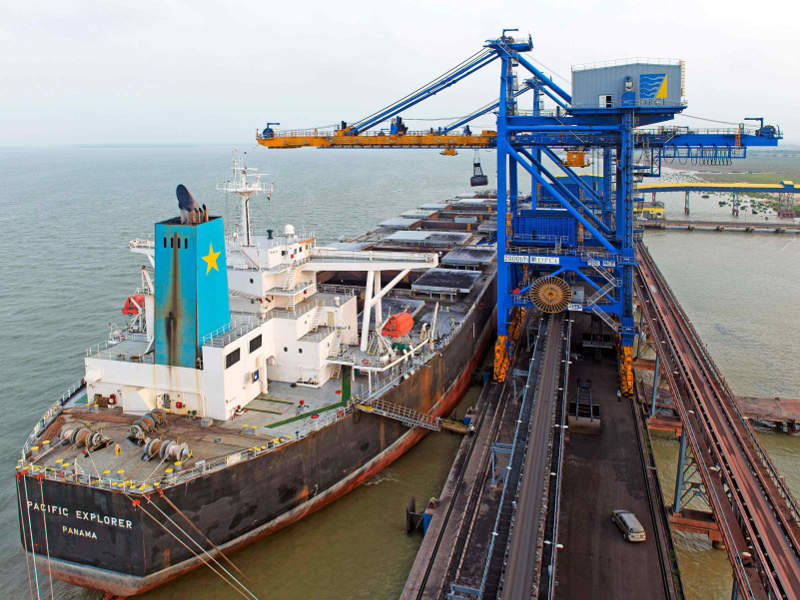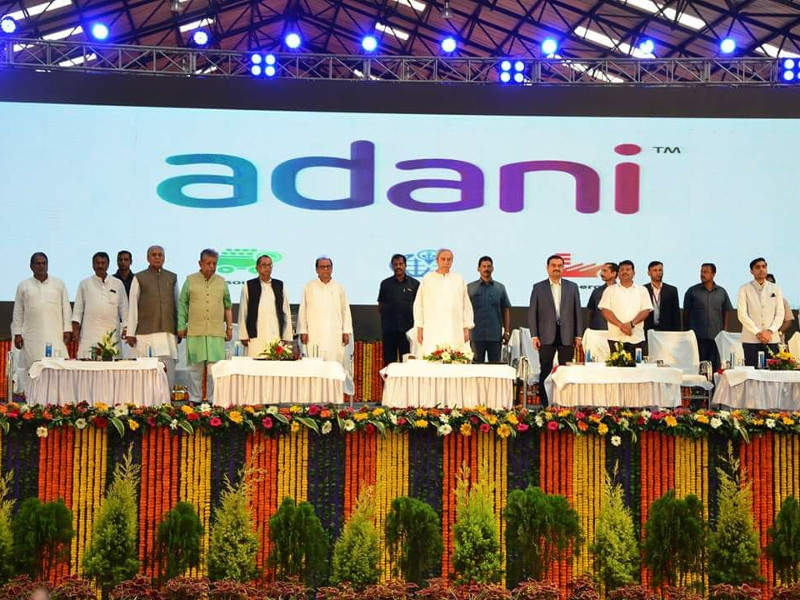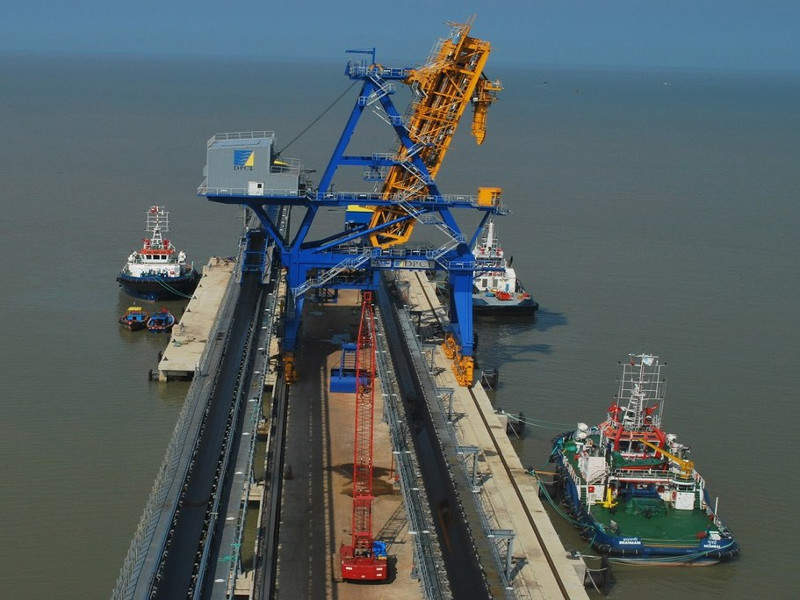Dhamra Port is located on the Bay of Bengal, between Haldia in West Bengal and Paradip in Odisha, India.
Phase two extension of the multi-user and multi-cargo port was inaugurated in April 2018, making it the biggest port in India in terms of cargo handling capacity.
The latest expansion increased the port’s cargo handling capacity to more than 100 million metric tonnes per annum (Mmtpa) from the original 25Mmtpa.
Dhamra Port development
Dhamra Port Company Limited (DPCL), a joint venture between Larsen & Toubro and TATA Steel, had signed a build, own, operate, share and transfer (BOOST) agreement with the Government of Odisha for the development of Dhamra Port in April 1998.
The concession agreement covers a term of 34 years, including four years for the construction phase.
Phase one development involved the construction of a navigational channel and two 350m-long berths with fully-mechanised cargo handling. The port welcomed its first cargo vessel in September 2010.
Adani Ports and Special Economic Zone entered an agreement with L&T Infrastructure Development Projects and Tata Steel to acquire DPCL in May 2014. The acquisition was completed in June 2014.
Services offered by Dhamra Port
Dhamra Port offers year-long service and is one of the most reliable ports on the east coast of India. It is located close to the mineral belt of Odisha, Jharkhand and West Bengal, which makes it an ideal location for shipping coal, iron ore and limestone.
Deep draft and direct berthing facilities enable the port to handle super cape size bulk carriers up to 180,000 deadweight tonnes.
The port handles dry bulk, liquid bulk and break bulk cargo, as well as containerised and general cargo, in all weather conditions.
Facilities at Dhamra Port
The port features an extensive marine infrastructure and assets including trans-loading berth, barge jetty and berths for general cargo, bulk cargo, containers, steel/project cargo, edible oil and liquefied natural gas (LNG) as well as a fleet of tugs and dredgers, which ensure reliable and uninterrupted services in all-weather conditions.
Terminal handling infrastructure at the port enables the handling of multiple vessels at a time. A set of high-capacity grab ship unloaders, shore cranes, and stacker-reclaimers are used to handle dry cargo. Support equipment such as excavators, payloaders, dumpers and mobile cranes ensure uninterrupted operations in the terminal.
The port also has a conveyor system for rapid transit of cargo. The cargo imports are handled by five grab ship unloaders, two mobile harbour cranes, two truck loading hoppers and four stacker-reclaimers, while exports are supported by a ship loader, two wagon tipplers, a track hopper and three stacker-reclaimers.
Storage infrastructure includes a 113,024m² mechanised coal storage area, a 184,083m² semi-mechanised storage space for limestone and coal, a 75,606m² area for thermal coal and iron ore, an 8,000m² space for steel, as well as a 33,750m² covered warehouse.
The merry-go-round railway system efficiently handles the rakes, while the rake loading facility at the port features two silos with a rapid loading rate of 2,000 tonnes per hour each and two rapid loading silos with a capacity of 4,000 tonnes per hour each.
Port connectivity
Located 62km east of Bhadrak railway station, Dhamra port is well connected by a 62km-long rail line between Dhamra and Bhadrak / Ranital Link Cabin on the main Howrah-Chennai line.
A two-lane road connects the port with Jamujhadih on the National Highway-16 (NH-16). The road is being upgraded to a four-lane highway by the National Highways Authority of India (NHAI).






